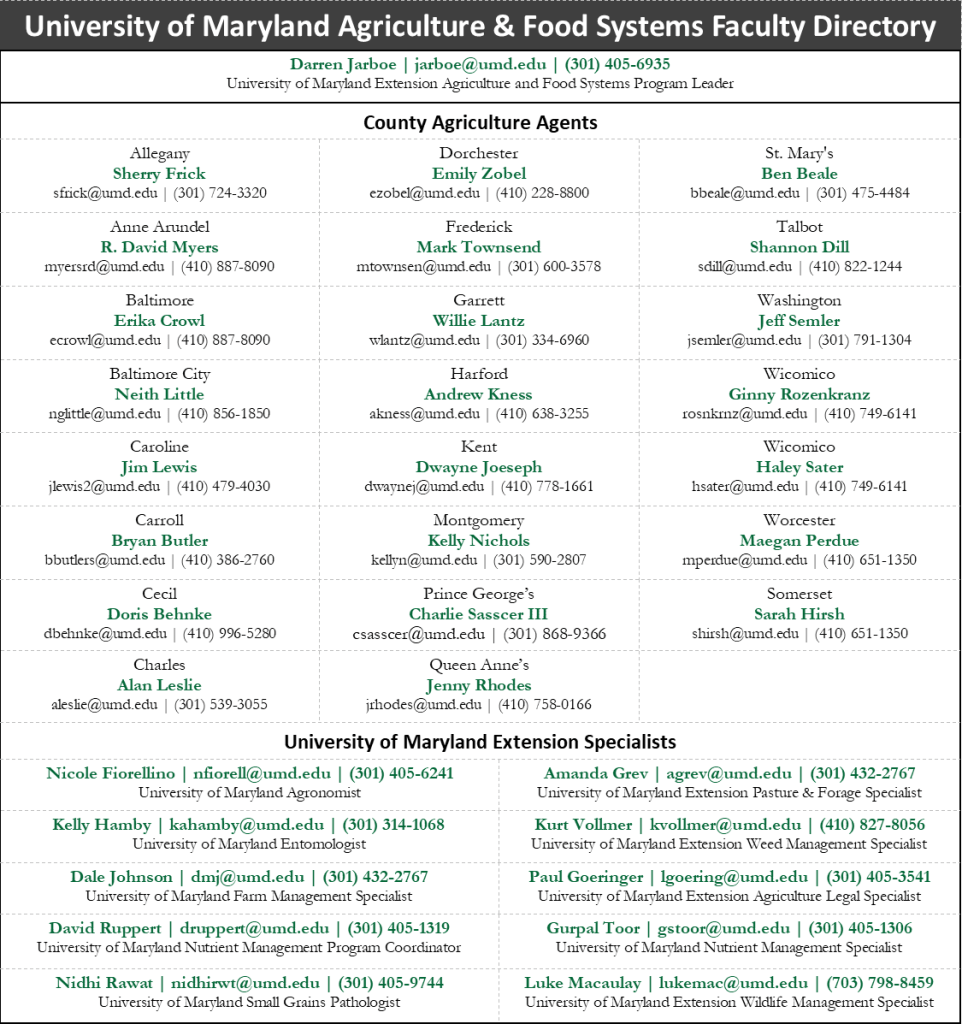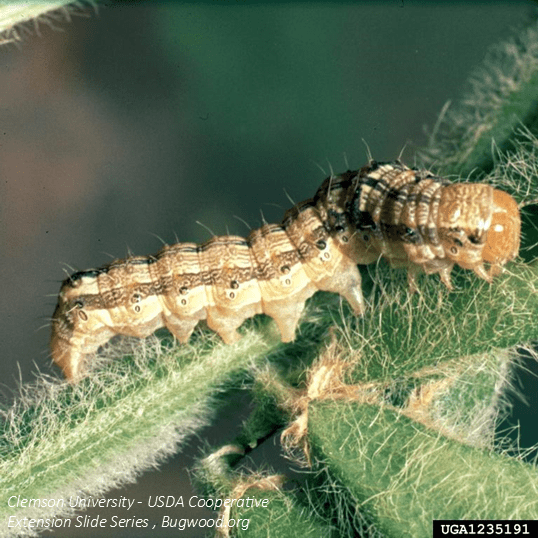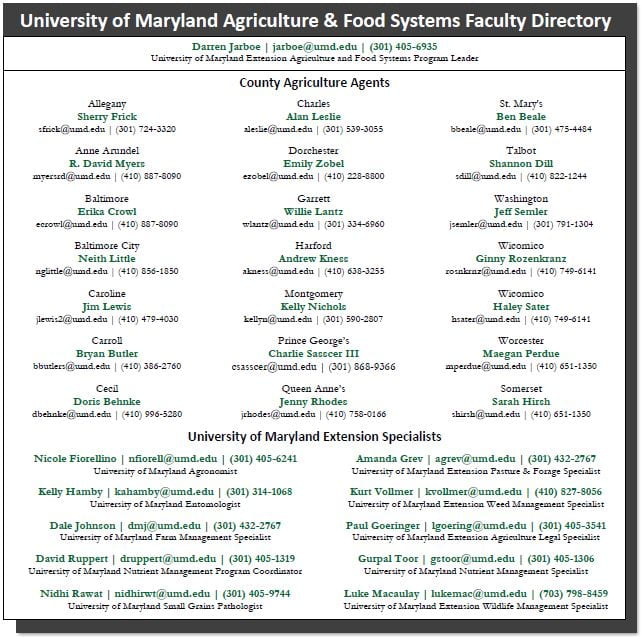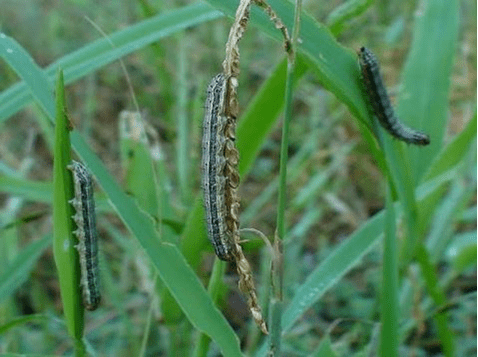Reports are for crop conditions up to September 2, 2022.
Western Maryland
As the old saying goes you are only two weeks away from a drought. We have been 11 days without rain until August 30, when we received a welcome soaking. The high heat coupled with even more sporadic showers led us to the cusp of drought stress. Corn was curling and beans were cupping, the shower alleviated the situation and will help the double crop beans. On the upside, the dry weather has allowed for corn silage harvest to shift into high gear. Yields are very good leading us to hope corn grain yields will be as well. Cover crop planting will commence shortly with the winter annual forages behind corn silage being the first. Combines will hit the fields later in the month to start on the early corn followed by the early beans. Thus once in full swing harvest will last into late October or early November depending on precipitation. Pastures and hay fields are looking great for this time of rain thanks to the showers of late July and early August.—Jeff Semler, Washington Co.
Central Maryland
The last month has been pretty dry in our region. Corn is quickly drying down, and silage harvest has begun. Double crop beans are filling pods. Hopefully we get a bit more rain to help finish out the season. —Kelly Nichols, Montgomery Co.
Northern Maryland
End of July and first couple of weeks of August have been without much moisture. While most of our soils hold a decent amount of moisture, but I believe we’ve come up a little shy on water for corn and full season soybeans to have reached their full yield potential. Corn silage harvest started last week and it will not be very long before combines hit the fields. Some full season soybeans have started to turn, which is a bit earlier than usual, likely due to the lack of August rains. We did have a period two weeks ago of cooler, wet weather, which brought on the first occurrence of tar spot in corn to our county, which is now a hot topic of discussion.—Andy Kness, Harford Co.
Upper & Mid Shore
While half of the region has received adequate rains recently, the other half is in drought conditions. 99% of corn is made and harvest is beginning. Early maturity beans are starting to turn, but later maturity groups are suffering in the droughty areas. Troublesome weeds are popping up above bean canopy. A few areas have podworms and stink bug levels above thresholds.—Jim Lewis, Caroline Co.
Lower Eastern Shore
Weather has been extremely dry in most of the region. Farmers have been irrigating when possible; however, the majority of our rowcrop land is unirrigated. Corn is drying down. Soybean is on average in early reproductive stages. Cover crops are beginning to be aerially seeded via airplane. However, there are concerns of a poor cover crop stand due to the dry weather. Herbicide-resistant Palmer amaranth is apparent in many fields. Now is the time to walk the fields to pull mature Palmer plants. Herds of deer continue to be sited grazing in soybean fields.—Sarah Hirsh, Somerset Co.
Southern Maryland
We have experienced a return to drier conditions in the majority of the region. Harvest of shorter maturity corn has started with reports of very good yields. Corn is drying down quickly with harvest expected to hit full swing in the next week or so. Soybeans have suffered over the last few weeks due to limited rainfall. We are finding podworms and podworm feeding injury in many double-crop soybeans throughout the area with many fields above threshold levels. If you have not already scouted fields for worm activity, I encourage you to do so soon. We are also observing Palmer amaranth and common waterhemp becoming more evident in the drier conditions.—Ben Beale, St. Mary’s Co.
*Regions (counties):
Western: Garrett, Allegany, Washington. Central: Frederick, Montgomery, Howard. Northern: Harford, Baltimore, Carroll. Upper & Mid Shore: Cecil, Kent, Caroline, Queen Anne, Talbot. Lower Shore: Dorchester, Somerset, Wicomico. Southern: St. Mary’s, Anne Arrundel, Charles, Calvert, Prince George’s











